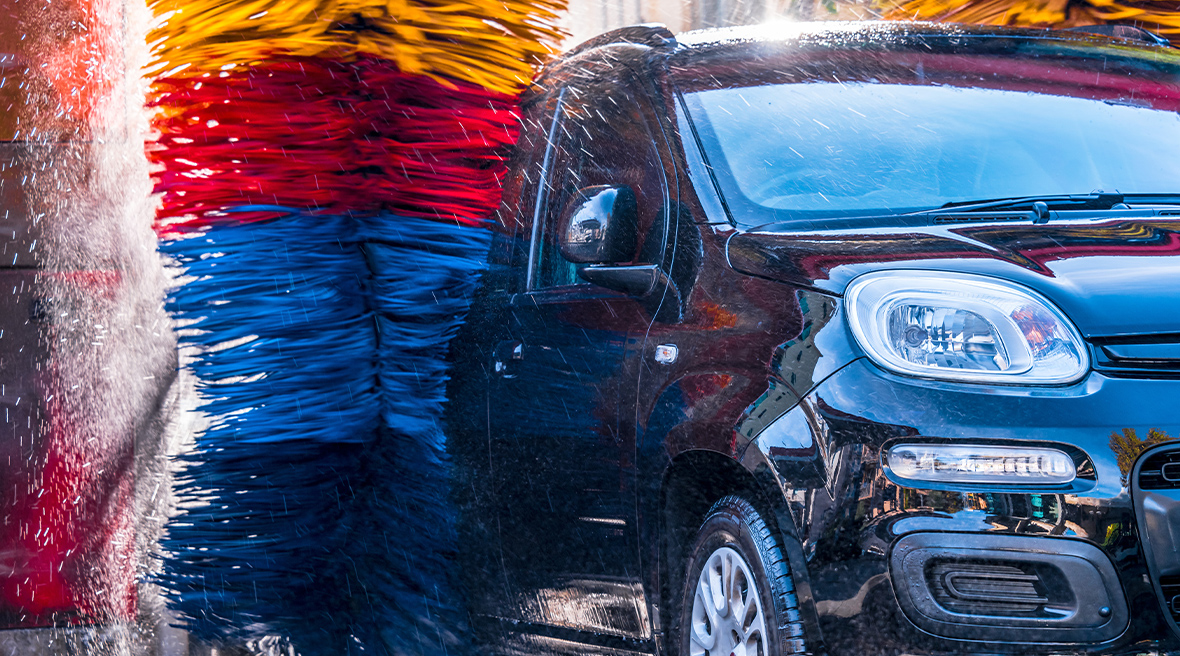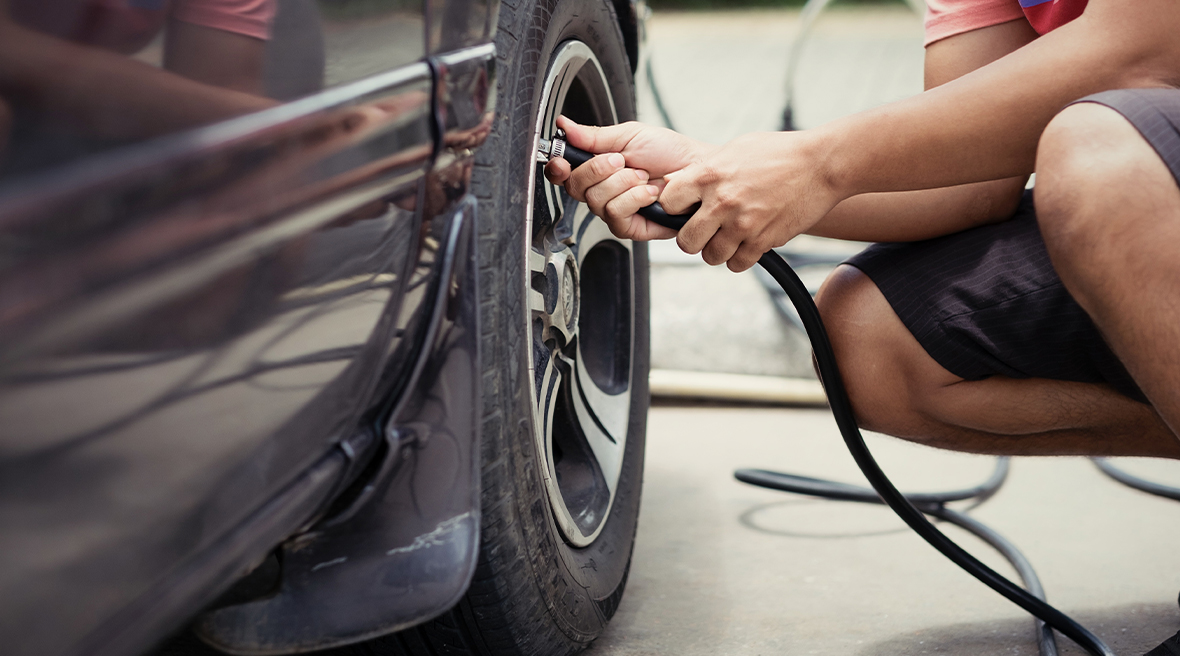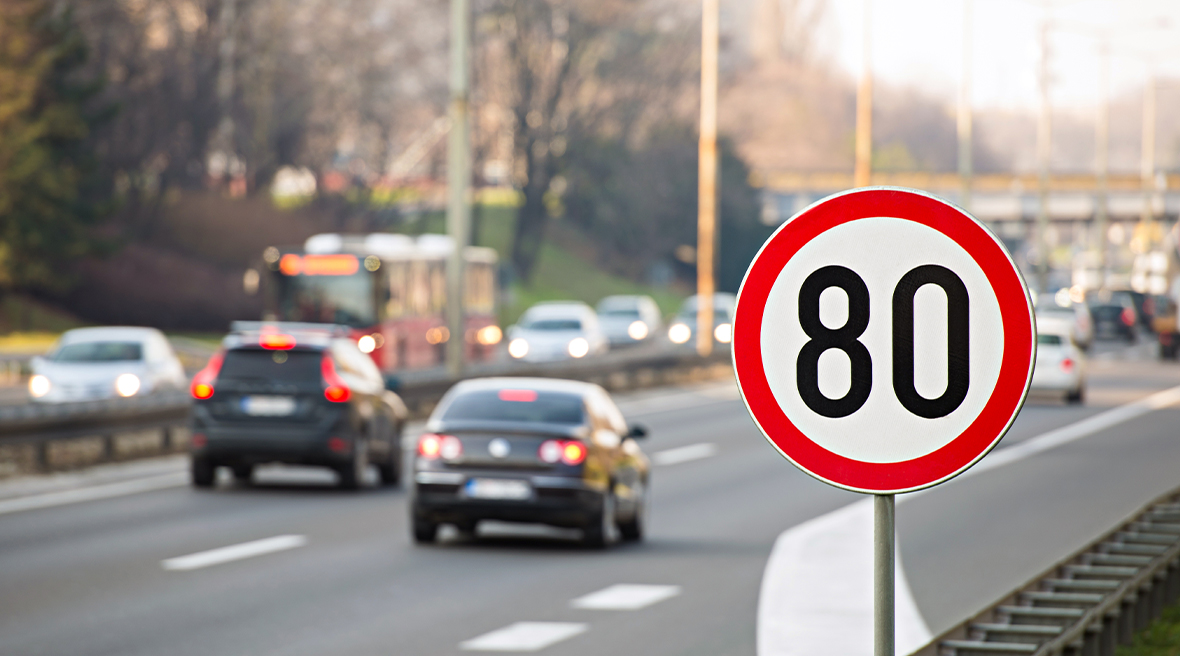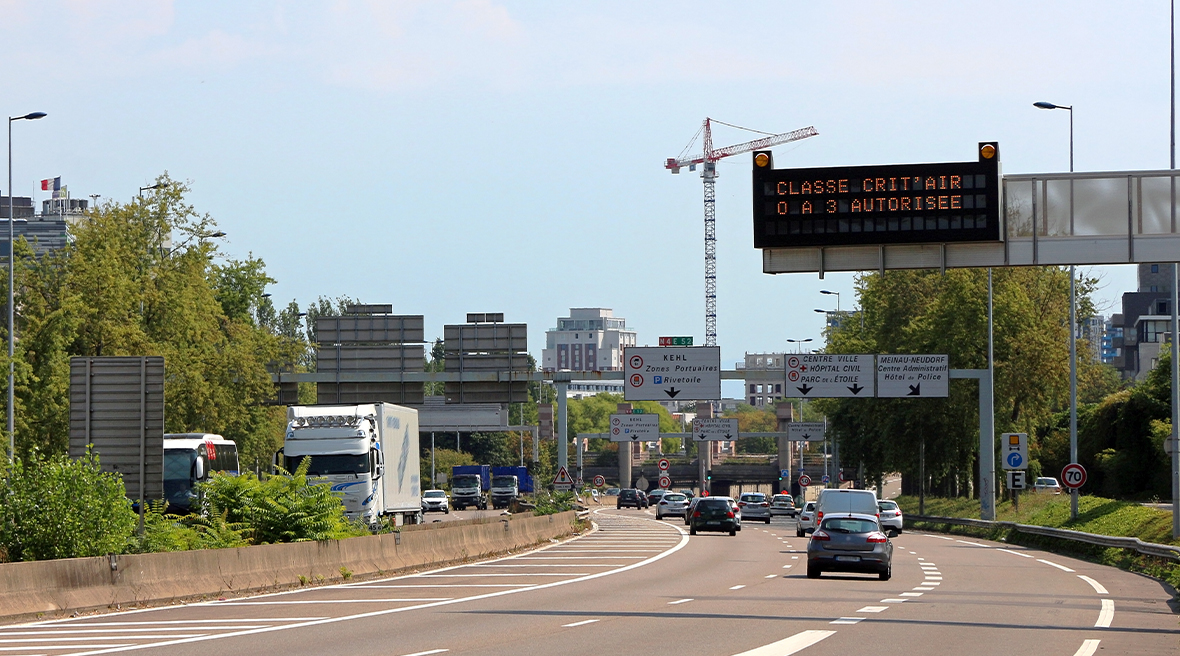Travel green with Eurotunnel Le Shuttle
Not only is Eurotunnel Le Shuttle the easiest way to travel to France, it is also one of the most environmentally friendly. With the world becoming more conscious of our planet’s well-being, we know that our travellers want to keep their carbon footprint down. So, we have created this guide for eco travel in France – getting you from A to B faster, and cleaner!
How is Eurotunnel so environmentally friendly?
Eurotunnel Le Shuttle has been dedicated to green travel since its conception. We are the only Cross-Channel operator to reveal our carbon emissions, which we have done since 2006. The entire structure of the Channel Tunnel has been designed with eco-friendliness in mind. Marine life is protected as the tunnel doesn’t interact with their fragile ecosystem, and as we use electric locomotives, we generate low pollution and greenhouse gas emissions.
Use our Carbon Counter to calculate the Co2 emissions saved when choosing to cross the Channel with Le Shuttle as opposed to a cross-channel ferry.
Tips to keep your vehicle environmentally friendly
Before heading off on a long road trip, it’s just good sense to check over your car, making sure it’s running at its best. Not only is this the safe thing to do, it also means that you can ensure you aren’t contributing more pollution than necessary.
Use the car wash

Taking your car to a commercial car wash wastes much less water
Going to a commercial car wash is a far more environmentally friendly way to wash your car than doing it at home. It may be more expensive, but it is estimated that doing it yourself uses at least twice the amount of water, if not three times, than taking your vehicle through the car wash at the service station.
The waste water from washing at home is also far more dirty, dusty and toxic, and more likely to end up flowing into storm drains and eventually rivers, lakes and waterways. Commercial car washes are more likely to recycle and reuse their water.
Regularly service your vehicle
Keeping your car serviced annually boosts fuel consumption. A more efficient car is one more suited to eco driving – replacing a clogged filter, a worn spark plug or old engine oil could improve your MPG by as much as 10%.
Clean your air filter
Before you set off, clean out your air filter. Did you know, an unclean air filter can reduce fuel efficiency by 20%? You can clean your dry air filter with a vacuum, or use a cleaning kit for an oil filter.
Ensure correct tyre pressure
Just like a dirty air filter, poorly inflated tyres can have a negative effect on the environment. You will lose 0.3% of gas mileage for every 1psi your tyre pressure drops below the manufacturer’s recommendation. Driving with underinflated tyres is also very dangerous, so it’s important you check your tyre pressure regularly.

Check your tyre pressure before your trip
Reduce the use of air conditioning
There are not many environmental pros about using air con! Air conditioning increases your car’s fuel consumption, so if possible use the ECO feature on modern vehicles or, if it’s the summer, just open your windows to keep cool!
Eco-driving techniques
Eco driving is a way of driving that maximises your vehicle’s fuel consumption and reduces its impact on the environment. There are a number of eco driving techniques you can adopt that could not just save you money on fuel, but contribute to lower levels of pollution.
Drive smoothly and gently
One of the most environmentally friendly things you can do behind the wheel is to avoid sharp braking or accelerating. Sudden changes of speed increases fuel consumption and causes wear and tear more quickly in your vehicle.
Try to keep your vehicle moving
The more time your vehicle is moving the better. Eco driving is about reducing the time your engine is idling, minimising sharp braking or accelerating, coasting instead of braking and regulating your speed.

Driving within the speed limit will boost your fuel economy
Drive within the speed limits
The faster you go the more fuel you consume. Driving at a steady 70mph will be better for your fuel consumption and eco driving than 80mph, which is the national speed limit in France for motorways.
Plan your journey
Plan your route so it gives you the best chance to drive in an environmentally friendly way. Stay tuned to traffic reports, note roadworks areas and avoid routes that cut through busy junctions or cities. Through optimising routes you can minimise idling and reduce the risk of sudden braking or acceleration.
Avoid idling for long periods of time
Idling your vehicle for more than 10 seconds uses more fuel than if the engine is switched off and on again. So if you think you will be stationery for more than momentary periods – for example, if you find yourselves queuing in urban traffic – switch off your engine.
Check if you need a Crit’Air vignette

A Crit’Air sticker is required if you are driving into a low emission zone in France
France operates a system of clean air windscreen stickers to identify the emissions status of vehicles. ‘Crit’Air’ vignettes (stickers) are required if you are driving in restricted low-emission zones. There are permanent low emission zones (Zone à Circulation Restreinte or ZCR) and temporary emergency low emission zones (Zone de la Protection de l’Air or ZPA). Usually in inner city areas, these zones restrict access to cars in certain categories.
There are six colours of sticker – with green indicating the most environmentally friendly vehicle and black the most polluting. Find out which category your car is in. If you drive into a ZCR or ZPA without a Crit’Air vignette or in a vehicle with the wrong sticker you will be liable for a fine. Some vehicles, such as cars registered before 1997, do not even qualify for a sticker. The stickers are valid for the lifetime of the vehicle and only cost a few euros.
Buy your Crit’Air sticker on the French government’s website before your trip.
Check if you’re visiting a low emissions zone
If you’re driving in Paris you will definitely need to check if your car has the correct Crit’Air vignette, as the capital has two ZCRs. Strasbourg and Grenoble are two other French cities with permanent low emission zones. There are ZPAs in many more urban areas of France and they can be introduced if levels of pollution become dangerous, so check before you travel.
Travel the greener way with Eurotunnel Le Shuttle
Driving in France is an adventure, but with a few simple changes to the way you drive and maintain your vehicle you can also make it a green adventure too. With just a 35-minute crossing from Folkestone to Calais, start your sustainable road trip with Eurotunnel Le Shuttle.